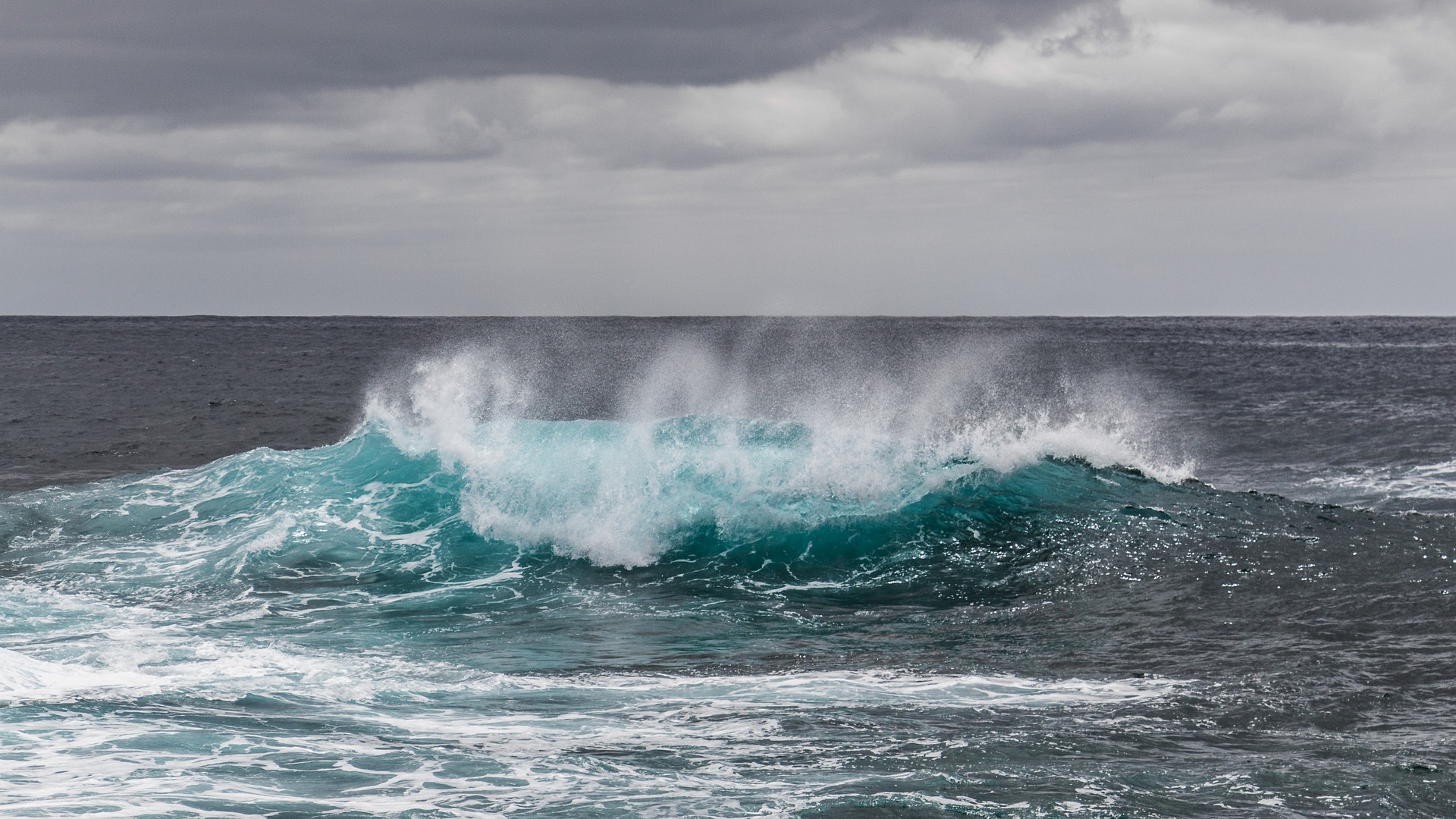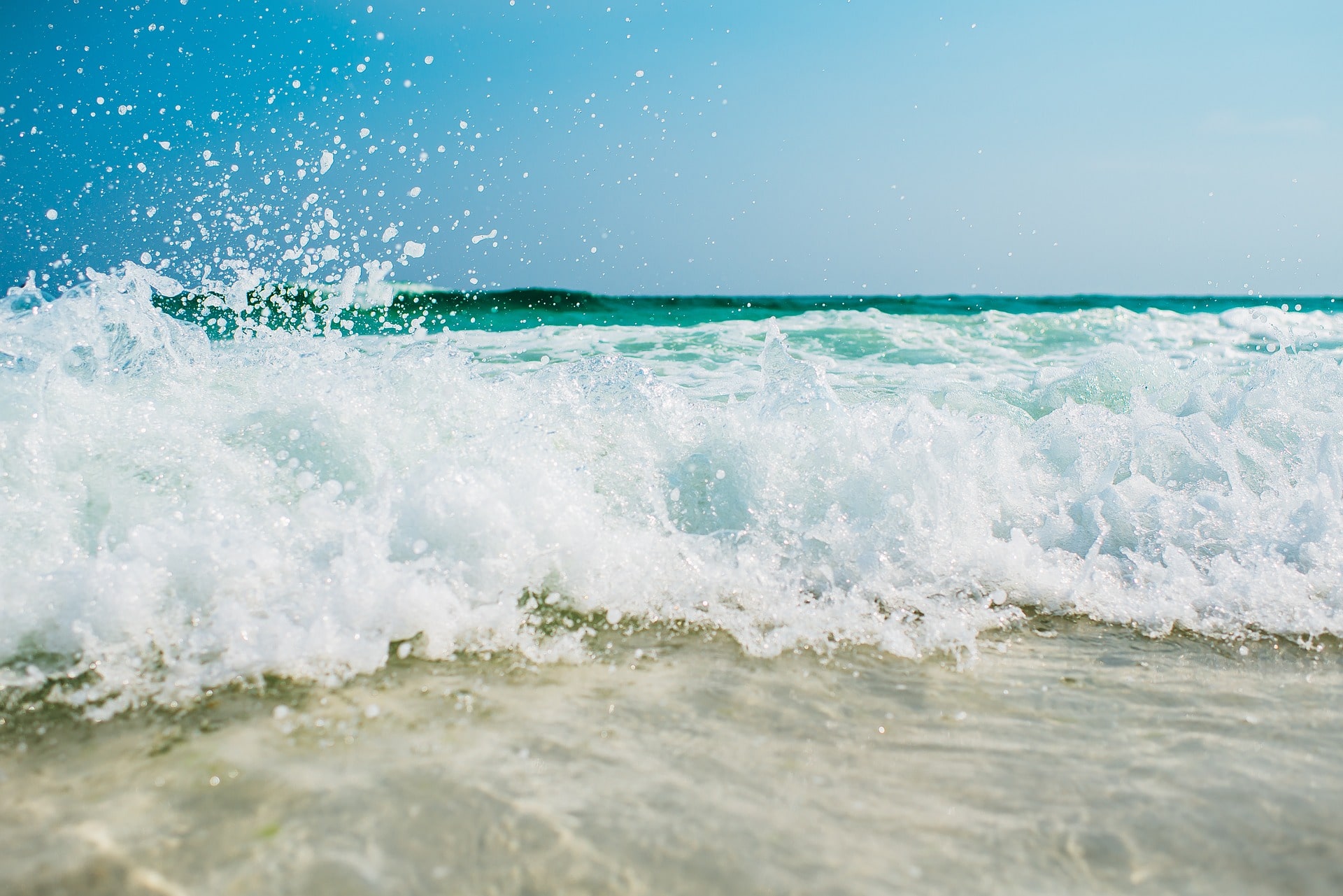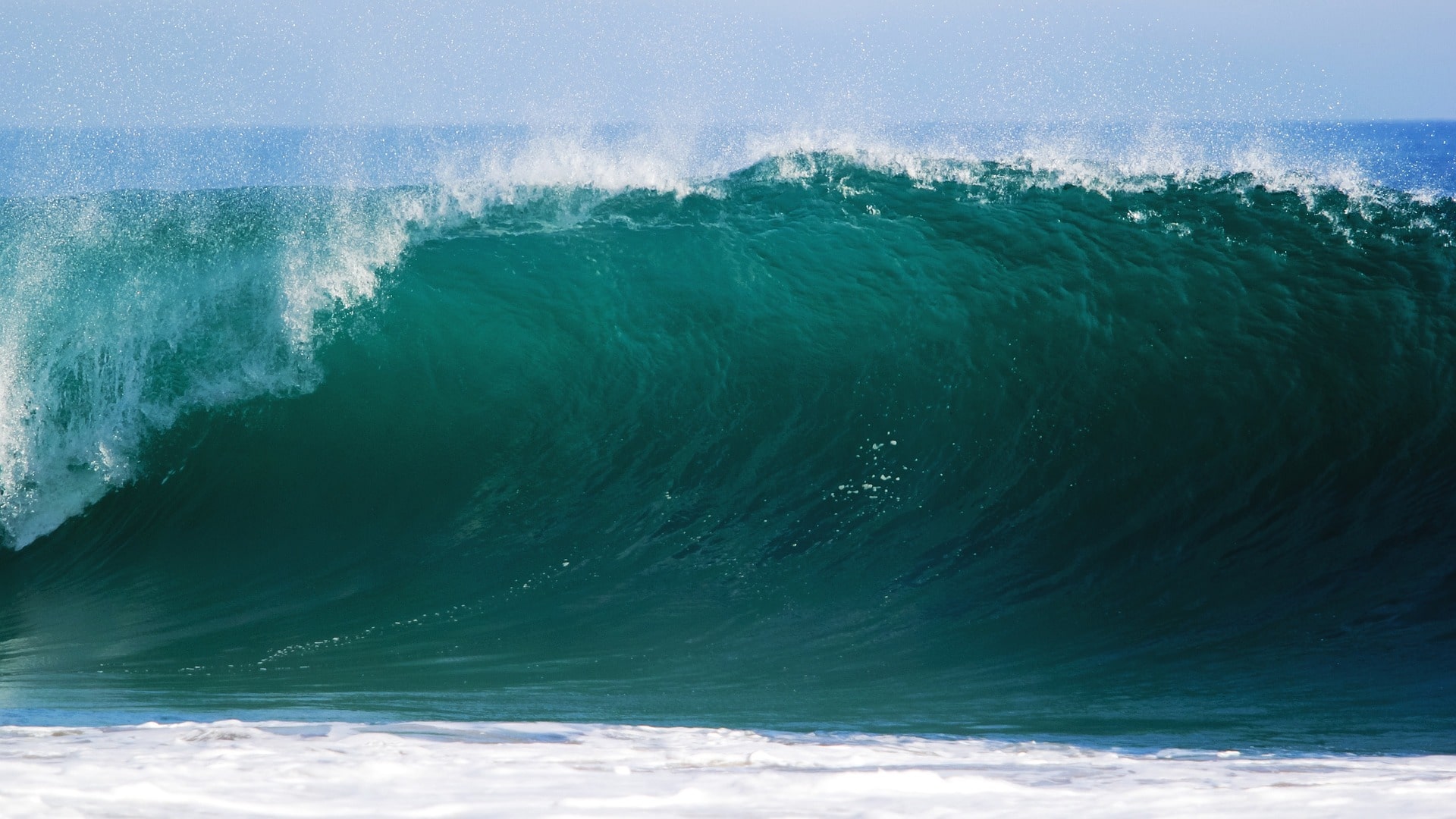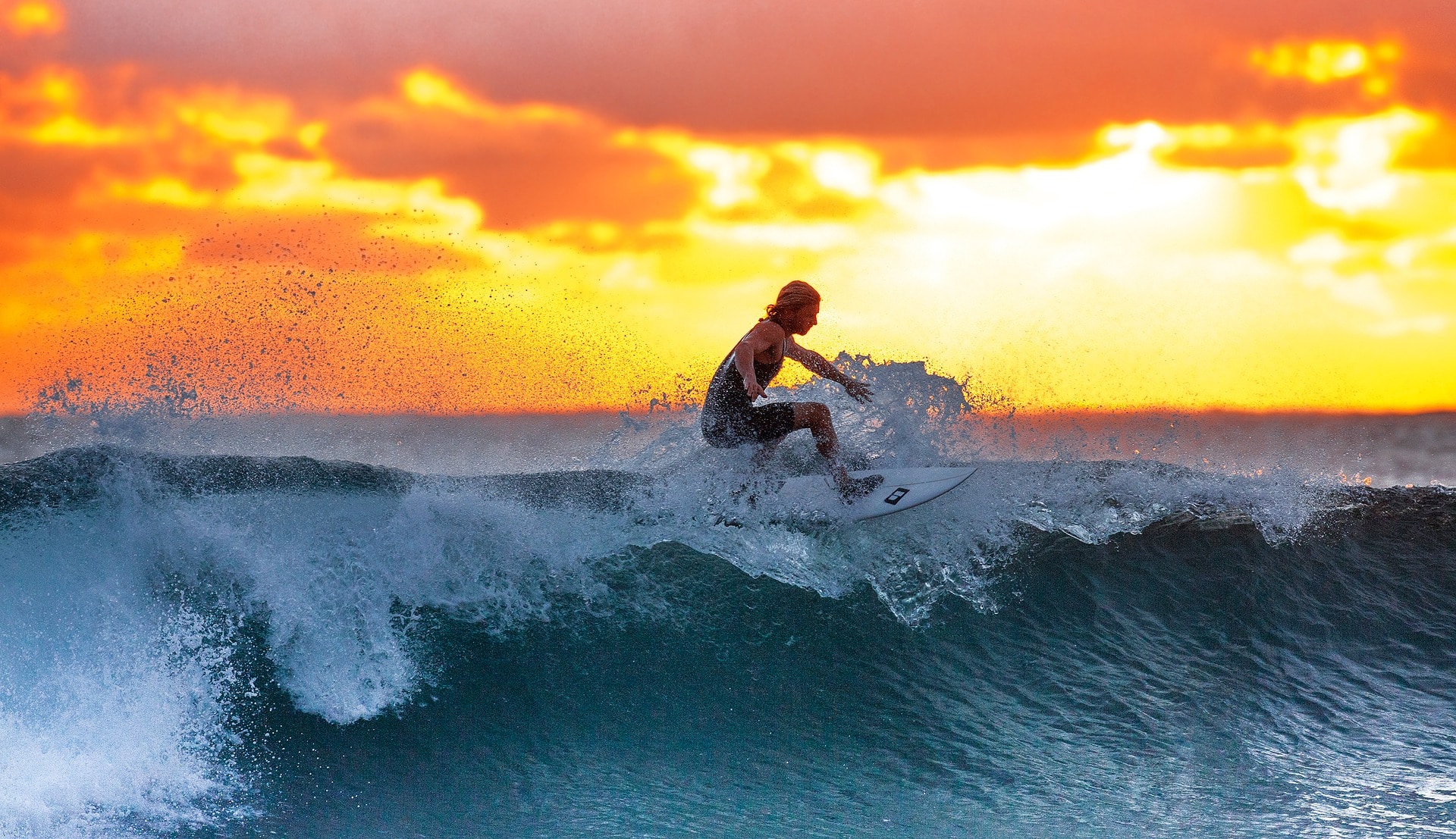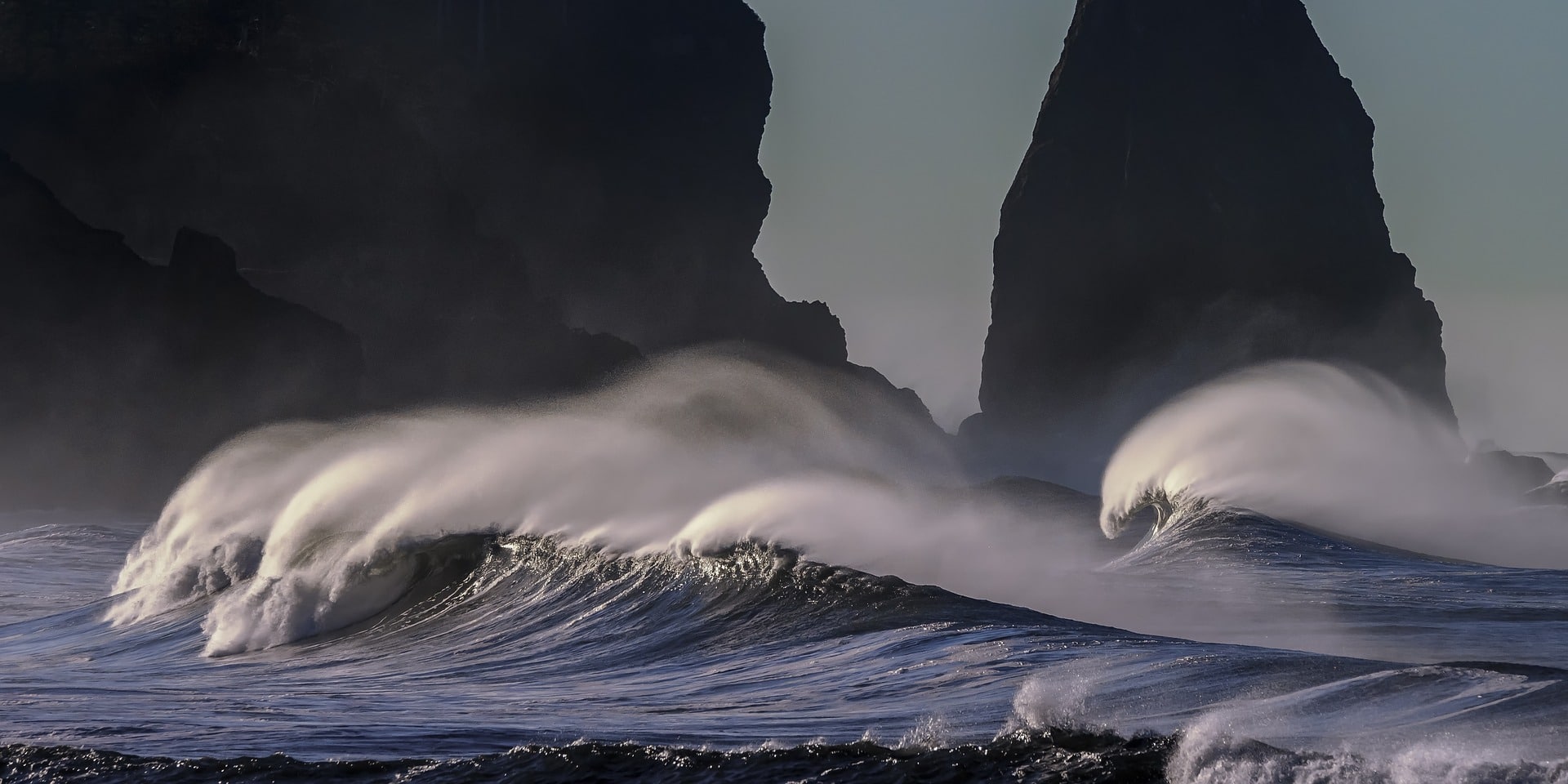Do you love to surf? Or perhaps you enjoy watching experienced surfers riding waves.
Either way, surfing is an incredible sport which requires a lot of talent, skill and experience. Even passionate surfers don’t find it an easy sport to pick up. Let’s take a look at the fascinating science of surfing. With this knowledge in mind, you can improve your surfing skills and have more fun in the water.
The Science of Surfing
We’ve researched the science of surfing to provide you with the best advice which will help your surfing skills. To keep things clear, we’ve focused on key questions and topics in the surfing community.
What are Waves?
There are two ways to distinguish between waves, including shallow-water waves and deep-water waves. This is determined by the ratio of the water’s depth and width, as well as the wavelength. The science of surfing is fascinating, because water waves are surface waves with a mixture of transverse and longitudinal waves.
What are surface waves? They are determined by the sea’s surface and speed, as water molecules remain in the same position. As energy moves towards the shore, water moves along with it to create waves. The size purely depends on the amount of energy present, meaning the more energy, the bigger the waves.
Underneath the surface, water waves are ripples which travel through the water with a transverse motion. These then reflect from surfaces and as waves meet together, they either create bigger waves, or cancel each other out. When you spot waves at sea, they’re reflected when they hit a wall and waves in a bowl in a house are reflected off the sides of the sink.
How Far Do Waves Travel Before Losing Energy?
When waves travel in deep water, they don’t cause a large displacement and the rate of energy expelled is slow. With this theory in mind, this is why tsunamis travel so many miles. On the other hand, shallow waters use energy which is expelled quickly. This then creates ripples which are evenly spread and increase in a circle. The energy used for the ripple has to be shared with the entire circumference of this area.
Ripples should be able to pass through waves without any disruption, but that isn’t always the case. Waves need energy and wind to sustain them. The less energy and wind, the less far they’ll travel. With tiny wavelengths, ripples quickly lose the energy they began with. On the other hand, submarine earthquakes release a large amount of energy which can cause disastrous tsunamis. Commonly, waves travel 300 miles before losing energy as they reach land.
Interesting Facts About Waves
- There are four different types of breaking waves: spilling waves, surging waves, plunging waves and collapsing waves.
- Waves don’t just apply to water, as there are waves travelling in the air all the time, but you can’t see them. Although they’re not related to water, how they’re reduced is very similar.
- On July 9, 1958, the largest wave ever measured 1,720 feet. This used the energy from an earthquake and two people in a fishing boat surfed the wave and lived to tell this incredible story.
- Surfers can ride ocean ripples because waves transport energy and not matter. These movements enable surfers to ride the waters.
- Not everyone knows, but ocean currents impact climate. In areas where there’s warm water, the water is moved from a cold region to a warmer one. The same thing happens for colder water.
- Surface currents affect how easy or difficult it is for ships to travel in one direction.
The Physics of Surfing
As small waves move pretty fast, it’s difficult to catch a wave in front of you so it doesn’t roll underneath you. This is because it’s seriously difficult to paddle as fast as a wave’s speed. Instead, athletes use the science of surfing to use the wave’s gravitational potential energy so as the wave passes, they lift their board up and start riding the wave’s face.
If you do fall off of your surfboard, your gravitational energy turns into kinetic energy. However, if you continue moving straight forward, you’ll produce enough energy to continue on the wave as it pulls you back up. This is what surfing is.
When standing on your surfboard, you’ll feel the wave lift up your board’s end. It’s at this point you might feel like the wave will push you off. But rather than giving in, paddle quicker and lift yourself on your feet in a crouched position to balance on the board and ride the wave.
How Gravity Affects The Surfing Experience
Gravity is a force that pulls every atom inside a person into their board. This behaves in a way that focuses on your centre of mass, which for most people is the middle of their body (behind their navel). This is where your centre of mass is your best balance point.
It’s important that surfers keep a low centre of gravity to become the best surfer they possibly can. It doesn’t matter if you have perfect timing to judge a wave, or are excellent at paddling, because stance is one of the most important components in surfing. If you have a high centre of gravity, you will easily and quickly fall off of your surfboard.
Have you ever wondered why you have to keep your body low when surfing? This is because a crouched position will keep you stable and balanced whilst riding waves. By holding this position, you’re less likely to be knocked off balance and fall.
How To Keep Your Balance In Surfing
Balance is a huge problem in surfing, because if you don’t have it, you’ll easily fall off of your surfboard into the water. The solution is to improve your balance by manipulating variables.
Train your body to adjust to movements with flexibility and trust. Gravity is all about pulling the centre of mass within you towards the group. Squats are a great exercise to help you achieve this, though it’s important to keep your feet grounded.
Keeping your feet wide apart will improve your balance, because the closely your feet are together, the less movement you’ll have. Narrow surfboards are difficult to balance on, because they have a smaller volume and don’t enable you to have your legs shoulder-width apart.
Do You Have Any Surfing Tips?
We hope you enjoyed reading about the brief science of surfing. Professionals talk about good and bad waves. A large, long swell is the driving force of a good wave which pushes several waves together. This is what true surfers aspire to ride because it creates a powerful wave which is possible to ride.
If you’re a surfer, we’d love to hear about your tips on how you built up confidence to hit the waters. Share your tips and tricks in the comments to inspire and motivate others.
Related Article: Get A Luxury Motorized Surfboard for Waveless Fun!
